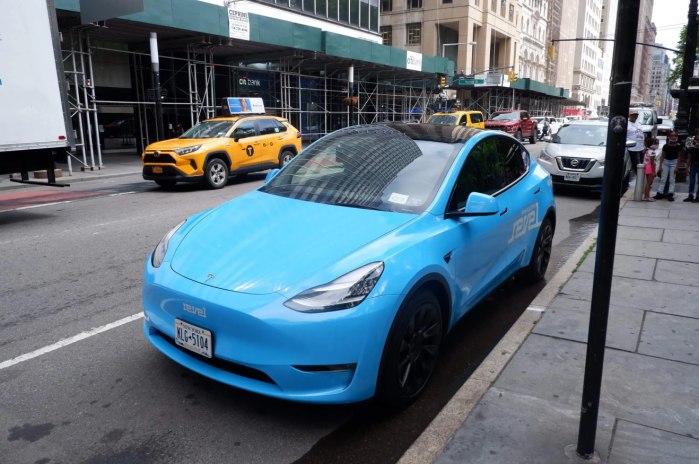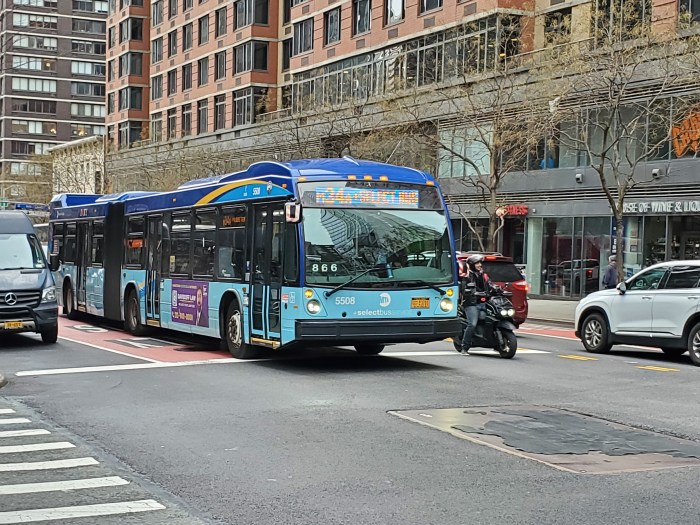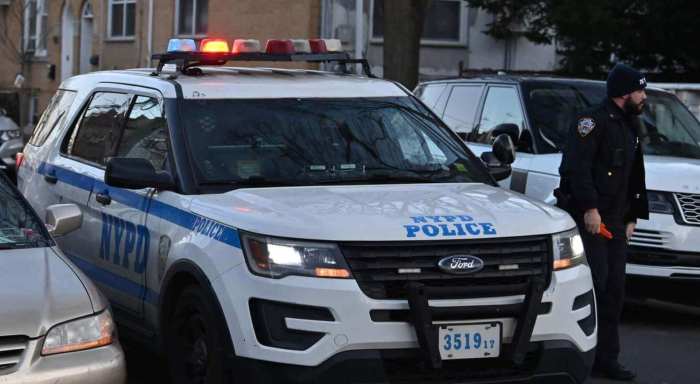
Ninety-seven years down, three months to go.
The MTA is sticking to its Dec. 31 launch date for Second Avenue subway service on the Upper East Side, despite looming construction delays.
Facing lingering work involving elevator installation and fire alarm testing, experts say construction will have to move at a break-neck pace to bring a stretch of subway to Second Avenue before the year ends.
“We’re still confident that we’re on track for a Dec. 31 launch and we’ll be keeping the pressure up to do so,” said MTA Chairman Tom Prendergast at last week’s board meeting.
First proposed in 1919 by consulting engineer Daniel Turner of the Public Service Commission as part of a major subway expansion, the MTA hopes the line will provide service to growing East Side communities and offer much-needed relief to the crammed Lexington Avenue 4, 5 and 6 lines — the busiest in the United States.
Carrying about 1.3 million riders daily, the Lexington Avenue line itself is busier than the entire subway systems of Chicago, San Francisco and Boston.
The MTA is racing to meet its ribbon-cutting for the first segment of the Second Avenue subway, a $4.5 billion project that will bring three new stations at 72nd, 86th and 96th streets as well as an expanded 63rd Street and Lexington Avenue station.
On Sept. 15, contractors powered the third rail — a major milestone — but key hurdles mean a Dec. 31 opening could come down to the wire.
For starters, the MTA must more than double its rate of testing station equipment like fire alarms, communications and elevators, warned Ken Haggas, the authority’s independent engineer, last week.
The MTA’s test program is currently completing about eight to 10 equipment tests per week. But there were 300 tests remaining with 12 weeks to go before the line is supposed to open.
“This is our number one concern,” Haggas said in his report to the MTA board. “We find that the MTA is not meeting the completion rate required to finish the testing of all key systems needed” to open the line in December.
Haggas said the MTA needs to increase from about 10 tests to 25 tests per week to meet the December launch. Prendergast stressed the importance of not rushing the tests, but remained undeterred about postponing the opening.
“We don’t want to rush through those tests,” Prendergast said. “Those are critical, important tests that need to be done and we’re not going to adhere to a schedule and short-circuit those tests.”
Each new station is at various stages of near-completion, but the 72nd Street station has remained the biggest thorn in the MTA’s side. Construction crews still need to install two elevators at the station’s entrances. Prendergast said the MTA hasn’t discussed opening the line and skipping the 72nd Street station if it remains incomplete by the end of the year.
“There’s a lot of things you could technically do,” he said, acknowledging that the MTA skipped stops on its stations near the Chelsea explosion last month. “That gives you an indication that in certain circumstances you can operate the system and bypass stations. Whether or not we do that with Second Avenue, that has not even been discussed yet.”
For Second Avenue businesses and Upper East Side residents, the opening couldn’t come soon enough. Restaurant owners near the station construction sites say they’ve lost anywhere from 25 to 50% of their revenue due to construction-related issues that began in 2007, when tunnel construction picked up after decades of on-and-off work. Part of the problem is the jersey barriers, chain link fences and tarpaulin that shroud storefronts and block sidewalks.
“It’s been crazy. I’m behind on my rent, behind on everything,” said Emanuele Caisagunao, owner of Firenze Ristorante, near the planned 86th Street subway station. A few Sunday brunchers with resolve were eating at the restaurant’s al fresco seating recently, just a few feet from the construction site.
“No one comes by here anymore,” said Caisagunao. “It’s dark and people are scared to walk by. … We’re trying to hold on for the opening and see if business improves, or else we’re going to have to close.”
Other restaurateurs are taking a similar approach.
Dave Goodside, who has owned the 49-year-old Beach House Café since 2005, estimates that he’s lost a quarter of his business due to the construction. But he added that he’s surprised by the community support.
“People have been determined,” Goodside said. “They’ve walked over piles and piles of dirt to eat here and support us and the small businesses.”
Therein lies the issue for residents. Angie Cunningham, 66, said she’s had difficulty navigating the sidewalks around the stations.
“Sometimes I have to walk three extra blocks to get to the corner I need to get to,” she said.
Cunningham, a retired Wall Street secretary who until last year took the Lexington line downtown for work each day, acknowledged that the new line could be a boon for transit in the area.
“The Lexington trains are just too packed. And the crosstown buses are too unreliable to get you to Broadway,” she said. “Hopefully this helps take away some of those Lexington riders.”
Does she think the stations will actually open before 2017?
“I’ll believe it when I see it,” she said.
Correction: A previous version of this story incorrectly stated that the Lexington Avenue line carries 1.3 million riders annually. It carries about 1.3 million riders daily.

















